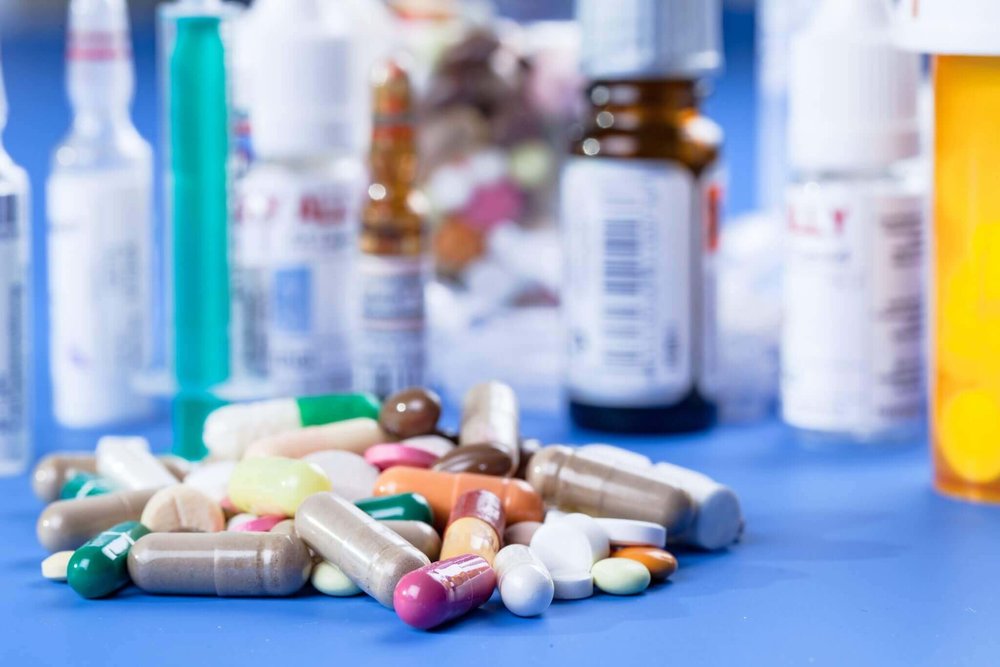120 new homegrown medicines on Iran market

TEHRAN- 120 homegrown medicines have come onto Iran’s market over the past 12 months, despite U.S. sanctions against the country, announced the director of the Iranian Food and Drug Administration (IFDA).
According to Mehdi Pirsalehi, among the produced medicines, 40 ones are chemical, 40 are traditional and herbal medicines and the remaining 40 include biologic drugs and pharmaceutical raw materials, IRNA reported on Monday.
“The local products make up 70% of total economic value of medicine market and imported medicine make up the remaining 30%,” said Pirsalehi.
“Imported medicines cost the country a lot, but we can’t eliminate them as some of them are indispensable to patients.”
“Fortunately, the medicine market is under control, and we are only missing 21 types of medicine in the market,” he further remarked.
Importing some medicines will be halted
Pirsalehi further noted that the medicines that have local rivals will not be imported in large volumes in the next year, and that might create some false needs.
We are now trying to sign an agreement with Vice-Presidency of Science and Technology, so that the medical industries begin investing on producing medicines that are now in the list of imported products; if this happens, such Iran-made medicine will enter the market in around two years.“It must be noted that there are some medicines that already have eight to 22 local producers, and there has been a sufficient supply of them for a while, so we don’t see any reason to use foreign currency, at cheap government-set rates, for importing such foreign medicines,” he added.
Pharmaceuticals must receive foreign currency on time
According to Pirsalehi, if the companies that manufacture and import medicine don’t receive foreign currency from government at the right time, the delay will cause future shortage in medicine market.
“We have come up with plans to manage the medicines’ distribution as well, but it doesn’t mean that the medicine will be rationed; rather, we will oversee the producing, importing and distributing companies,” he added.
Local production must grow
Pirsalehi highlighted that the local productions must grow as the imports cannot meet the country’s medical needs.
“Next year, will not be an easy year for us, so we have asked the medical industry to cooperate with us, so that we can keep the price rise to a minimum,” said Pirsalehi.
“We are now trying to sign an agreement with Vice-Presidency of Science and Technology, so that the medical industries begin investing on producing medicines that are now in the list of imported products; if this happens, such Iran-made medicine will enter the market in around two years,” he further remarked.
In November, the former director of IFDA had announced that some two third of Iran’s required pharmaceutical raw materials are produced domestically.
According to Gholamreza Asghari, the production of pharmaceutical raw materials in the current Iranian calendar year (started March 21, 2018) has risen to 67 percent from two years ago when it stood at around 54 percent.
SJ/MG
Leave a Comment